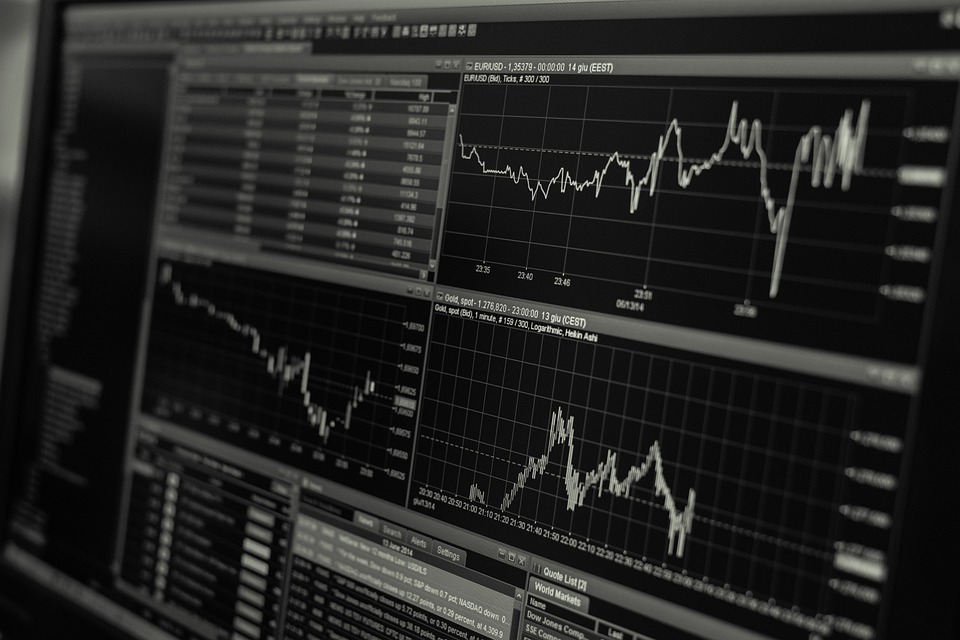Gold, Tariffs, Fed Interference

Image source: Pixabay
- The U.S. effectively serves as the world’s bank, with both domestic and foreign investors borrowing in U.S. dollars to pursue higher returns abroad. This creates a kind of short position on the dollar—so when markets turn risk-averse, the dollar typically strengthens as investors reduce leverage.
- Disrupting trade affects financial flows. Consider a Trader Joe’s analogy: if you impose a trade balance between yourself and Trader Joe’s, they’ll receive less of your money. Likewise, if the U.S. is forced into a balanced trade position, fewer foreign dollars flow in, and deficits must be financed more domestically. This is one reason long-term bond yields have been rising.
- An independent Fed leads to a lower cost of borrowing. Imagine there were real interference. Than the Fed Chair couldn't just utter a few words to move the market, but might have to intervene. Fed independence is in everybody's interest; this doesn't mean that I, nor anyone, agrees with what the Fed is doing.
- Should markets begin to price in serious political interference—such as from a Trump-led administration—we’d likely see it reflected in rising long-term inflation expectations. These expectations serve as a proxy for confidence in the Fed, regardless of what actual long-term inflation turns out to be.
- "When you are hit with a supply shock, the politically right thing to do is not necessarily the economically right thing to do...tariffs are a supply shock...lowering rates will push inflation higher. Politically, though, you can't call on the Fed to raise rates because there will be fewer goods around"
- There hasn't been a retail frenzy, there hasn't been panic buying in gold. The moves have been substantial because rational investors have different views and every tweet changes the dynamics.
- We know Trump is serious about balancing trade. In our view, this means Trump wants 10% baseline tariffs, everything above that is negotiable. That, however, will have a profound impact on the plumbing of the financial system.
- Just because there is no alternative to the US dollar as the world's reserve currency, doesn't mean there has to be an alternative. It's possible for the global financial system to be in retreat.
- "Regardless of how things play out specifically, the cost of doing business is going up, the world is a more expensive place to operate in, we haven't even talked about the massive spending the Europeans are going to do - all of that creates inefficiencies...all of these are valid reasons why some investors are buying gold...the one argument against it is that at some point it might be 'too much of a good thing' and the price will take care of it. I don't think we are anywhere near the end of this as the world is just waking up to the fact that the world's pluming has been changing."
- The Federal Reserve isn’t focused on gold prices or the S&P 500—it’s focused on credit markets and credit spreads.
- To rebalance trade, there is a carrot and a stick approach. We have seen lots of sticks (tariffs) and some carrots (deregulation). One important carrot is fiscal sustainability. If this isn’t addressed, businesses may hesitate to invest in long-term projects due to fears of higher taxes, inflation, or other forms of economic disruption stemming from government debt.
- Many of those currently investing in gold have likely held these concerns for some time. What’s notable is that formerly fringe views are becoming increasingly mainstream—we’re only a few steps into that transition.
- Keep in mind that the gold market isn't all that large in the context of the financial system. When there is a flight into gold, we can see dramatic volatility as we have seen in recent weeks, and I think that volatility could get even more exacerbated.
Video Length: 00:32:50
Addendum: it's been pointed out to me that long-term inflation inflation did move higher based on Trump's comments regarding the Fed. Below is the chart, with so-called five year - five year ("5y5y") inflation expectations in grey, the price of gold in black. This refers to what the market is pricing in for annual inflation expectations for the 5 years starting in 5 years; the idea is to take out short-term noise. It may sound like an esoteric measure, but it is, as I indicated above, a measure of the market's confidence in the Fed. There is indeed an uptick on the very right hand side, but hardly a dislodging of inflation expectations. That said it is consistent with what I said in the interview, notably that the gold market is comparatively small and can have outsized moves. (the first chart, source Bloomberg, is as of the morning of 4/24/25 - given the amazing volatility, these timestamps are becoming relevant). 2nd chart is 5y5y inflation expectations, source St. Louis Fed, zoomed in.
(Click on image to enlarge)


More By This Author:
The Plumbing Of Global Finance May Be Changing - Can The Dollar Keep Up?Fixing Banks; It’s Not That Complicated
Higher For Longer - Implications



